BridgeCom Official Blog
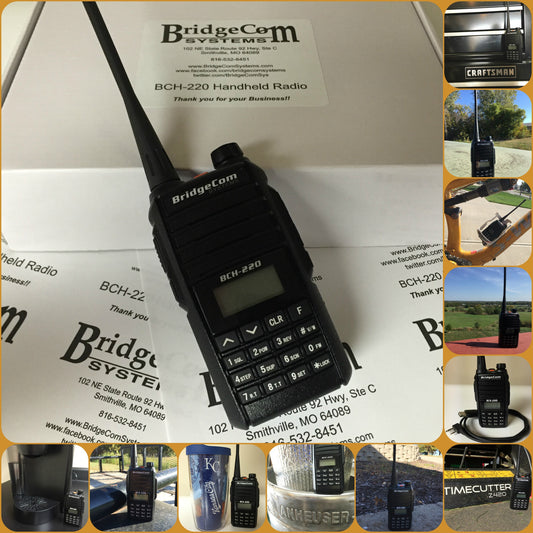
BridgeCom Systems BCH-220 222 MHz Handheld FM Transceiver - QST Magazine
Reviewed by Rick Palm, K1CE k1ce@arrl.net The BCH-220 handheld 222 MHz (1.25 centimeters) FM transceiver is a product of BridgeCom Systems, a company many readers may not have heard of....
Read nowBridgeCom Systems BCH-220 222 MHz Handheld FM Transceiver - QST Magazine
Reviewed by Rick Palm, K1CE k1ce@arrl.net The BCH-220 handheld 222 MHz (1.25 centimeters) FM transceiver is a product of BridgeCom Systems, a company many readers may not have heard of....
Read now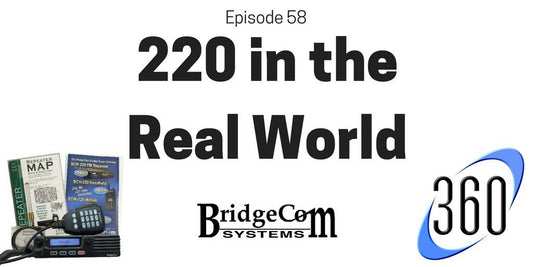
HamRadio 360 Podcast: It's all about 220 Hamradio
BridgeComSys explains their tech, users share their systems-it's all about 220 hamradio
Read nowHamRadio 360 Podcast: It's all about 220 Hamradio
BridgeComSys explains their tech, users share their systems-it's all about 220 hamradio
Read now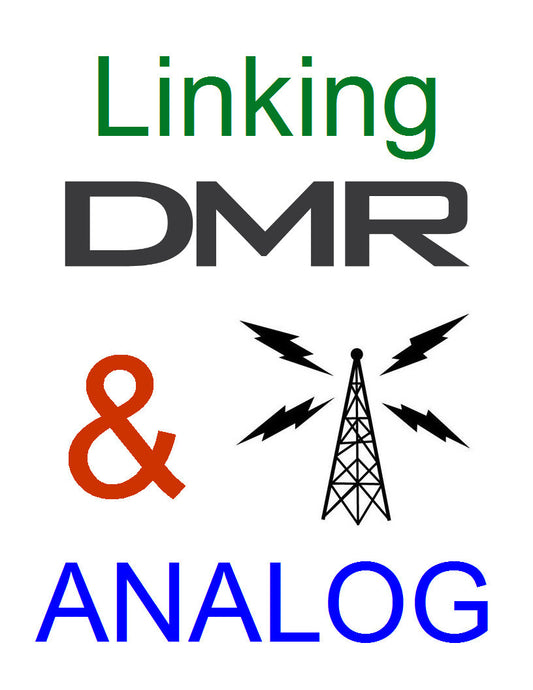
Analog and DMR Talk Together
Newsflash: The world is going digital! I know, I know, this is not really a revelation. We all carry around a smartphone, tablet or PC that communicates over digital LTE...
Read nowAnalog and DMR Talk Together
Newsflash: The world is going digital! I know, I know, this is not really a revelation. We all carry around a smartphone, tablet or PC that communicates over digital LTE...
Read now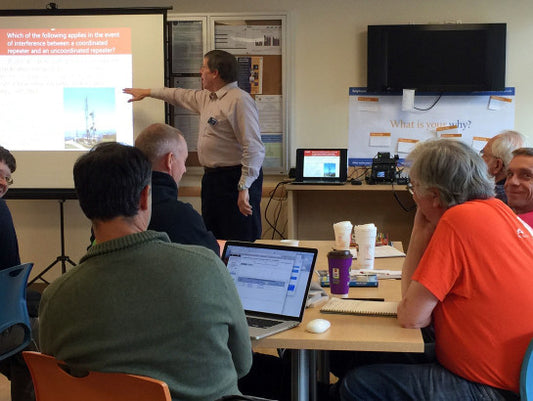
Becoming a Great Elmer - Our Hamstation by Fred, AB1OC
There is much being said and written these days about the importance of bringing new people, especially young people, into our Hobby. There are many obvious reasons for this. As we...
Read nowBecoming a Great Elmer - Our Hamstation by Fred, AB1OC
There is much being said and written these days about the importance of bringing new people, especially young people, into our Hobby. There are many obvious reasons for this. As we...
Read now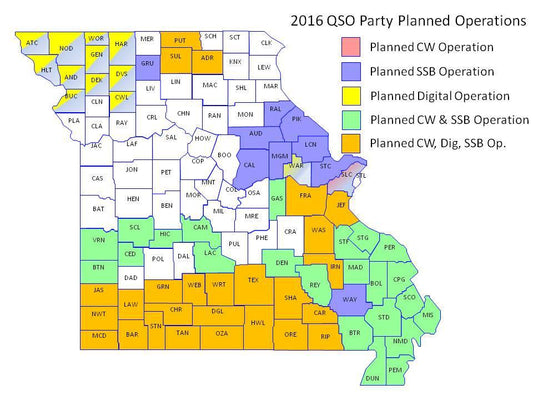
2016 Missouri QSO Party Contest April 2nd & 3rd
The 2016 Missouri QSO Party Contest will be held THIS WEEKEND from April 2 from 9 am - 11 pm and April 3 from 9 am - 3 pm.http://www.w0ma.org/index.php/9-moqp/22-planned-activations-2
Read now2016 Missouri QSO Party Contest April 2nd & 3rd
The 2016 Missouri QSO Party Contest will be held THIS WEEKEND from April 2 from 9 am - 11 pm and April 3 from 9 am - 3 pm.http://www.w0ma.org/index.php/9-moqp/22-planned-activations-2
Read nowMARCH 2016 MISSOURI SECTION ARRL NEWS
MARCH 2016 MISSOURI SECTION NEWS Cecil Higgins MO SM I want to thank all the volunteers that are continuing to serve the ARRL Missouri Section in their appointed positions for...
Read nowMARCH 2016 MISSOURI SECTION ARRL NEWS
MARCH 2016 MISSOURI SECTION NEWS Cecil Higgins MO SM I want to thank all the volunteers that are continuing to serve the ARRL Missouri Section in their appointed positions for...
Read now





